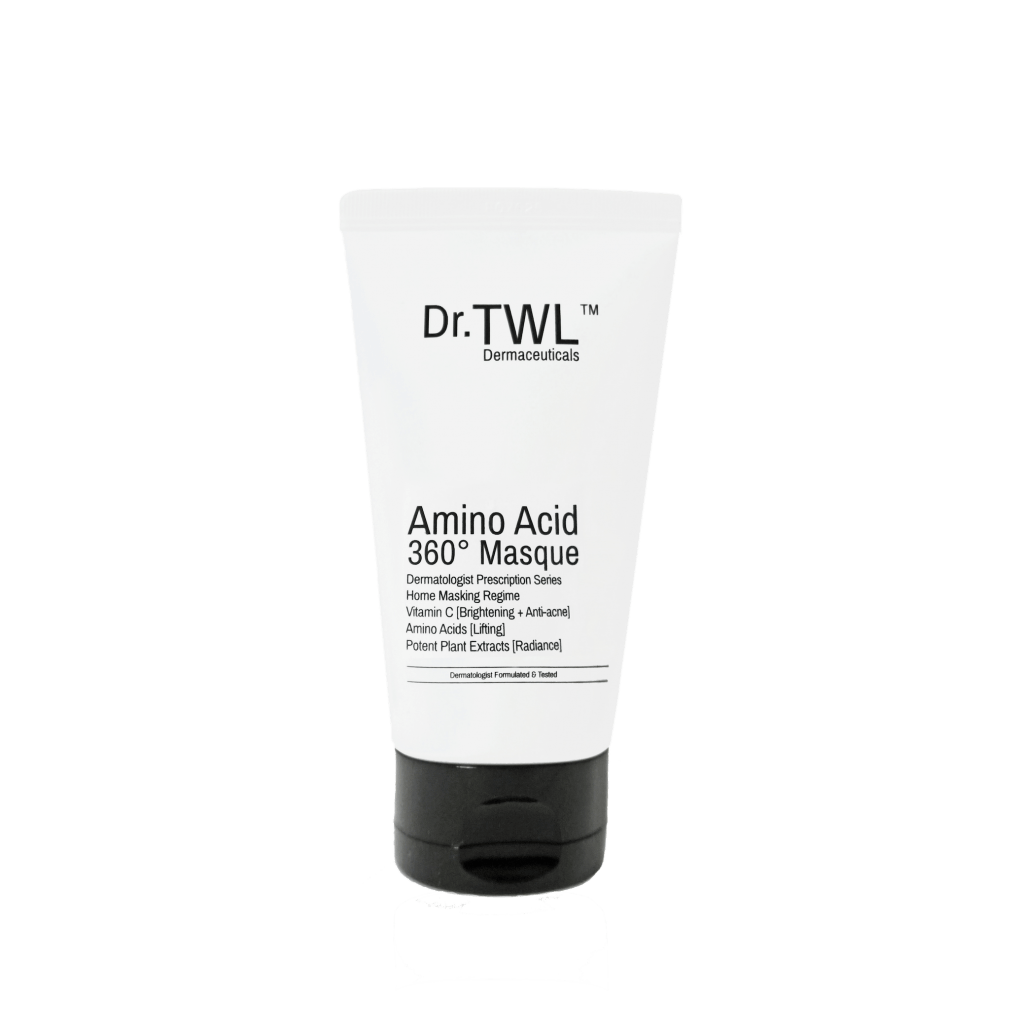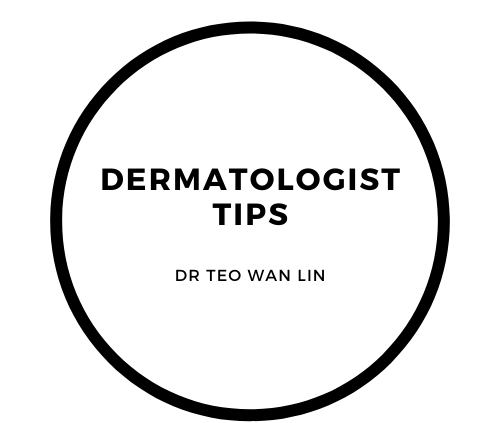Dermatologist Tips: Facial Masks

Facial masks are known as a staple to women’s skincare. They offer results that improve the overall appearance of your skin and also serve therapeutic effects. Despite being familiar with facial masks, the majority of the consumers are often clueless when it comes to facial mask basics. In this article, I will answer some FAQs about facial masks and discuss the application of clay masks.
Can you mask too frequently?
One of common questions about masking is if there is such a thing as too much or too often. For cosmetic clay masks, I do not recommend doing so as these frequently contain astringents which excessively dries out the oil on one’s face using salicylic and lactic acids, typically marketed as products for acne-prone skin. It is not recommended for acne patients because when they are on medical treatment for acne, a common side effect is dry dehydrated skin.
Conversely, for masks that are marketed for reducing oily skin as well as acne, it likely contains salicylic and lactic acids (or clay derived products that dry out the skin) and cause skin allergies or eczema. Overdoing masking, in this case, leads to skin that is dry, irritated, flaky or even more severe reactions. It is therefore important to get your skin condition properly diagnosed by an accredited dermatologist, rather than simply relying on DIY methods. My preference for a wash-off face mask is a gel mask formula (Amino Acid 360° Masque) which enable gentle astringent effect, delivers vitamin C(for acne scars) and other antioxidants in a soothing gel that can be refrigerated to cool post-laser/chemical peel skin, and can also be tolerated by eczema/rosacea patients as well.

When the mask contains cosmeceutical active ingredients clinically proven to work on skin, it helps to reverse the process of photoaging and has a skin brightening effect. As long as the mask delivers moisture and appropriate antioxidant ingredients, there is no limit to the number of times one can mask. Another tip I have for budget DIY masks would be to use your favourite ceramide-based moisturiser this way. For intensive treatment, apply a liberal amount of this moisturiser up to 3 times a day and on top of it use a damp cotton towel or the blank mask sheets (without essences) to increase absorption.
How long should I put on a facial mask for?
Most people would be interested to find out how long one should put on a mask for. When you are using a moisturizing facial mask, there is no real limit to how long you want to leave it on. The principle of face mask would be that of wet occlusion therapy which means that as long as the wetness of the sheet is still present, it increases the skin’s ability to absorb the topicals. However, most of the time due to the natural process of evaporation, I would not recommend longer than half an hour because it just becomes a waste of time.
The concept of trans-derma topical delivery is relevant to the concept of masking. Traditional face masks relate to a simple absorption sheet that can be impregnated to a facial essence and then applied onto the skin.
For Dr.TWL Dermaceutical Line, we produce masks as well. They are essentially engineered fabrics which help to increase the absorption of skincare and optimize the delivery of the cosmeceutical-active ingredients. We use a polysaccharide mask that is from the fibrous roots of a particular plant that is capable of retaining a lot of moisture in its roots and also absorbing nutrients. We use that as the basis of the polysaccharide mask that is freeze-dried and can be impregnated with various skincare ingredients for increasing skin delivery.
The other thing that we have used would be a medical polymer mask. It is in the form of a sheet that helps to mimic the natural skin barrier. When it is applied, I would often recommend applying that overnight. Increased duration of contact with the skin means that there is a longer period of action and this helps to draw water out from the second layer of your skin to the top layer, forming a biomimetic, or ideal, skin barrier and this helps to stimulate collagen formation in the skin’s deeper layers.
Do you recommend clay masks?
I do not advocate using clay masks at all. Clay masks are based on an astringent known as kaolin. Kaolin helps to draw out water and oils, which may temporarily make pores appear smaller. However, as oil production is driven by hormones, that benefit will be relatively short-lived and thus may not be effective in solving the root problem.
What are the problems associated with clay masking?
While it does dry up the oil at that moment, after you apply it, clay masks over the long term dehydrate your skin. In some situations, your oil glands will end up producing even more oil in a phenomenon known as reactive seborrhea.
More information on our Mask Bar can be found here: https://drtwlpharmacy.com/mask-bar/




Leave a Reply
Want to join the discussion?Feel free to contribute!